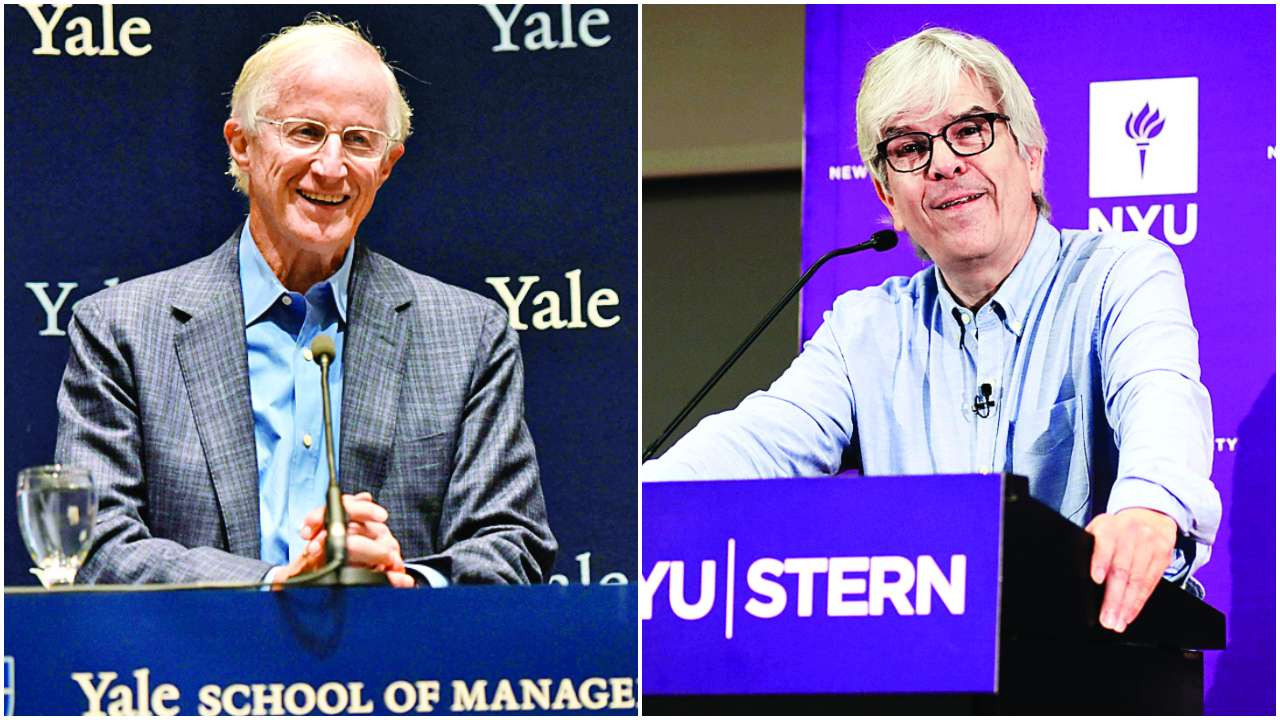
The Nobel Prize in Economics for the year 2018 was awarded to two American economists, Paul Romer and William Nordhaus, for their contributions to two separate strands of economic analysis —endogenous growth and environmental economics, respectively.
Romer developed the field of endogenous growth theory. While traditional economic growth theories emphasised the significance of technological progress as an important driver of long-run growth, the models prior to Romer treated such progress as exogenous — that is, it could not be explained within the system, but was assumed to be given from outside. Romer, instead, focussed on how R&D could drive technical progress. According to his model, investments made by agents in R&D led to innovations and newer technologies which could drive sustained long-run growth. Since R&D requires a highly skilled workforce, countries that invested in their human capital through education and health, and ensured a regulatory regime where Intellectual Property Rights (IPRs) were protected, could continue to grow in the long-run. This explained how developed countries with their better human capital could sustain relatively moderate growth rates for long periods while developing countries run out of steam or remain stagnant.
Nordhaus, on the other hand, dealt with how markets and economic agents interacted with the environment and ecosystem services. He developed the first Integrated Assessment Model (IAM) — a quantitative model that analyses the interaction between economy and climate. Through these IAMs, he was able to show the impact of human economic activities on climate change.
Both the Laureates’ work have helped us understand the two most pressing issues — tackling climate change and ensuring sustained growth in the poorer countries. What they have in common is the emphasis they place on government intervention in generating the desired outcome. This is because these two fields are riddled with market failures and externalities. In the case of the environment, the benefits of ecosystem services like a cooler climate, clean air, and potable water are not provided through the market and have no price attached to it. This is a situation of negative externality that leads to over-exploitation of the environment. Governments can impose a carbon tax, for example, to restrict some of this over-exploitation. IAMs can further simulate their impacts on the economy and environment.
In the case of technological progress, a robust IPR, instead of a Laissez Faire policy, is essential to incentivise people to undertake R&D investments. Similarly, since education has public good characteristics, it is likely to be under-provided by the market. It, therefore, requires the government to provide free and compulsory education to its citizens for a robust human capital that can drive innovation and entrepreneurship.
The author is a research scholar at Delhi School of Economics